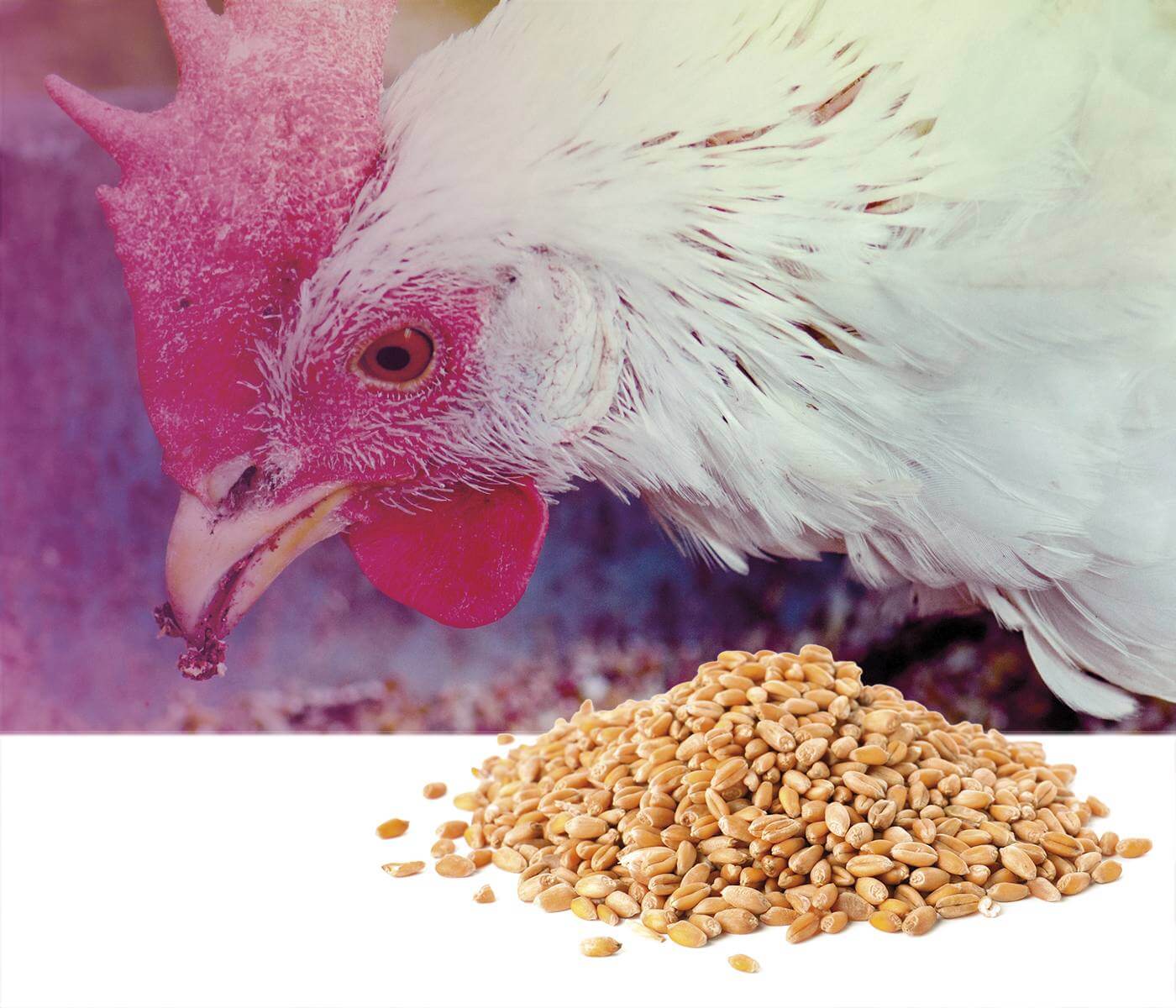Content available at:
Español (Spanish) العربية (Arabic)
A popular belief used to explain why mycotoxins are not identified in significant concentrations in feed analyzes performed in clinical cases where lesions are compatible with mycotoxicosis, is that these lesions are caused by mycotoxins’ accumulation in several organs for long periods of time. This concept is not necessarily correct because for decades, in scientific studies carried out in different research centers worldwide, it has been determined that the degree of accumulation and elimination of mycotoxins in the specific organs that they mostly affect, known as target organs, is relatively short.
In muscle tissues and body waste such as urine and feces, elimination is relatively rapid.
In other words, the mycotoxins with the highest incidence in commercial broilers and layers cannot be stored for long periods.
The continuous exposure to average levels of mycotoxins found in commercial feed, explains the presence of lesions and symptoms associated with mycotoxicosis cases in the field. This concept is widely accepted in the European Union, where many scientific trials are performed adding low levels of mycotoxins that produce deleterious effect in performance and target organs.
Fortunately, from a public health perspective, the poultry meat consumed by humans have a low concentration (accumulation) of mycotoxins and its metabolites, as has been demonstrated in several scientific reports published by several academic institutions.
Higher levels of mycotoxins and its metabolites will be present in liver, kidneys, and eggs than in meat. One of the characteristics of the mycotoxins that we will review below is that the concentration of residues in liver and kidneys are transitory and low, when compared to the concentration added to the rations during these experiments.















